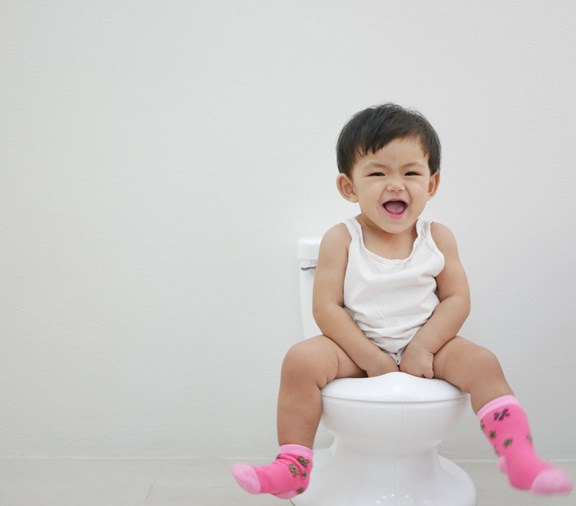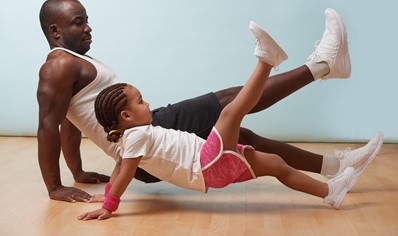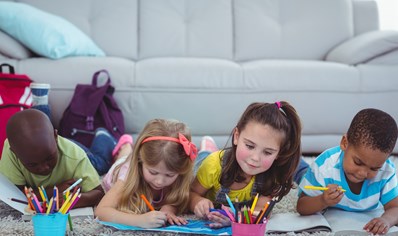
Potty Training Tips
February 12, 2025
Is your child ready for potty training? It’s an exciting time. It’s also a major step in their growth from infancy to young childhood.
Potty training can also be a time of frustration and “two steps forward, one step back.”
The move from diapers to using a child-sized toilet can take three to six months or more. If you start potty training too early, the entire process can take even longer. (Staying dry overnight is unrelated to toilet training. If your child is unable to stay dry overnight and is at least 6 years old, talk to your child's doctor about it. There are medications and alarm systems that can help.)
How can you know when your child is ready to start potty training? What issues can you expect along the way—and how can you solve them?
Keep reading for answers to these questions—and more.
When is my child ready to start potty training?
On average, children are ready to start potty training from ages 18 to 24 months. Yours may be ready before or after those ages.
Your child may show signs that are general behaviors related to learning any new skill. Other behaviors focus on learning their body’s signals for going to the bathroom, and reacting in time to use the potty.
Watch for your child:
- Being able to follow simple instructions.
- Showing interest in the toilet or potty.
- Asking to wear underpants.
- Understanding and using potty-related words.
- Recognizing the urge to empty their bladder or bowels.
- Keeping their diaper dry for two or more hours.
When should you delay potty training?
Routines are important for young children. That’s especially true when they are learning to control themselves enough to use the potty.
For that reason, times of major—or even small—change in the family may make potty training difficult.
If possible, do not start potty training during:
- Your child’s illness, especially nausea or diarrhea.
- Moving from a crib to a “big kid” bed.
- Moving to a new house or apartment.
- The first month or two after the birth of a sibling.
- Travel or vacations.
What potty chair should they use?
There are two options for a child-sized toilet to use until your child is tall enough to use a standard-sized toilet.
The first option is a standalone potty chair. These lightweight chairs are low to the ground with a removable bowl.
The second option is a toddler seat that fits on top of a regular toilet seat. Place a stool in front of the toilet to give your child a way to get onto and off of the seat.
How can I build my child’s confidence?
Potty training can be slow, frustrating and stressful. It’s important to show patience and support as your child practices their new skills.
Help your child to get familiar with all the new habits around potting training. Look for potty training books, songs, and videos that can help make the process fun for your child.
Let them flush the toilet themselves. Praise them when they let you know their diaper needs to be changed. Let them know this is a big step, and that accidents are not shameful.
Most of all, do not punish them for not wanting to use the potty chair. Stay calm and let them talk about their fears. Don’t force them to use the potty if they are not ready.
Where can I go for more help?
Have concerns about your child’s bedwetting, bathroom accidents or other issues? Call your child’s doctor for feedback or to schedule an office visit.
Earn Rewards for Well-Child Visits
PCHP members can earn up to $160 in rewards for completing up to 6 timely well-baby checkups between ages 0-15 months and up to 2 timely well-child checkups between ages 16-30 months. Visit our website or call PCHP Member Services to learn more:
STAR Medicaid: 1-888-672-2277
CHIP/CHIP Perinate: 1-888-814-2352



